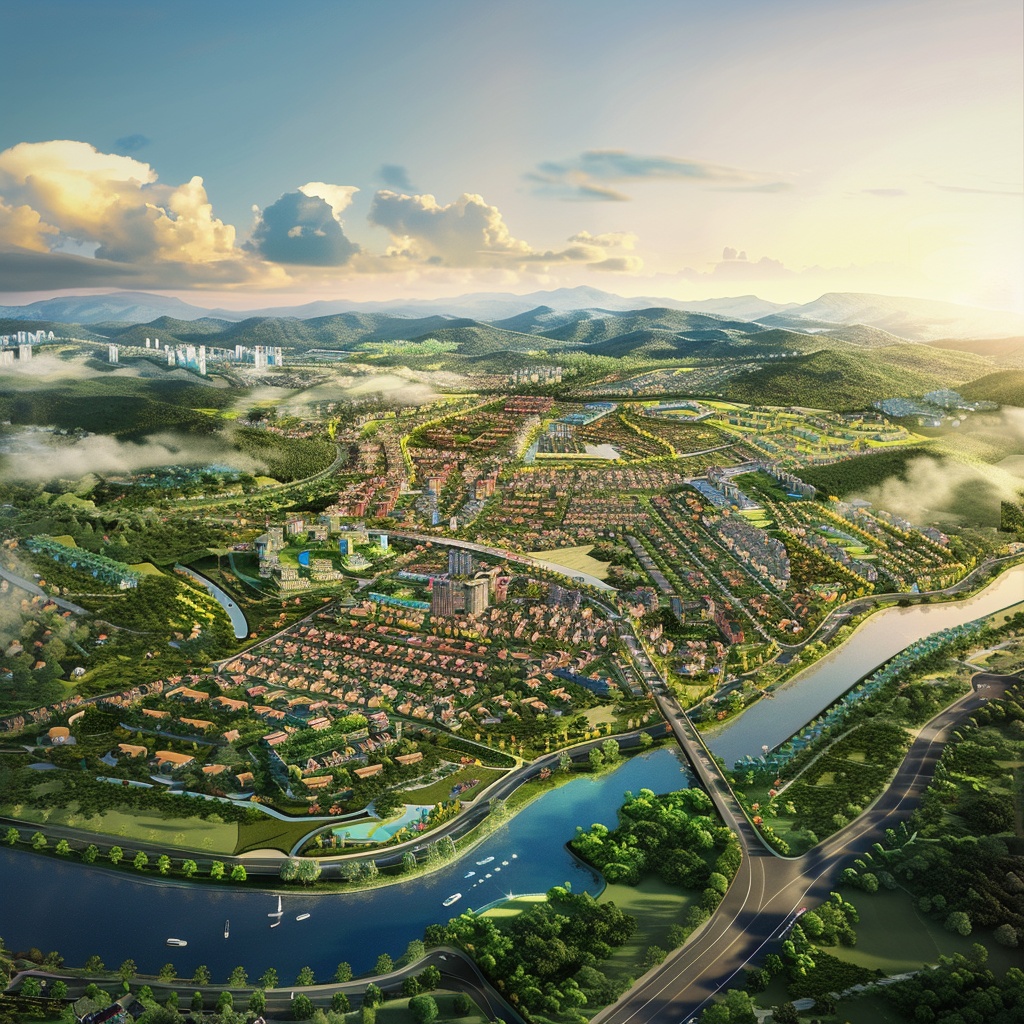
The master plan for the province of Bac Ninh for the period 2021-2030, with a vision towards 2050, was recently approved by the Prime Minister at the end of 2023. The detailed design has not been finalized yet since the plan has just been approved. The following is an AI ChatGPT-generated visualization of the future urban development of Bac Ninh by 2050.

Bac Ninh is the smallest province in Vietnam, with an area of only 822.7 km2, located in the Northeast of the capital city Hanoi, within the Red River Delta. In 2020, Bac Ninh had an average per capita income of 5.44 million VND/person/month, ranking 5th nationwide. With its high per capita income, high expenditure, and a poverty rate of only 0.7% in 2020, the living standards of Bac Ninh’s residents have significantly improved. Bac Ninh became a first-tier city in 2017.
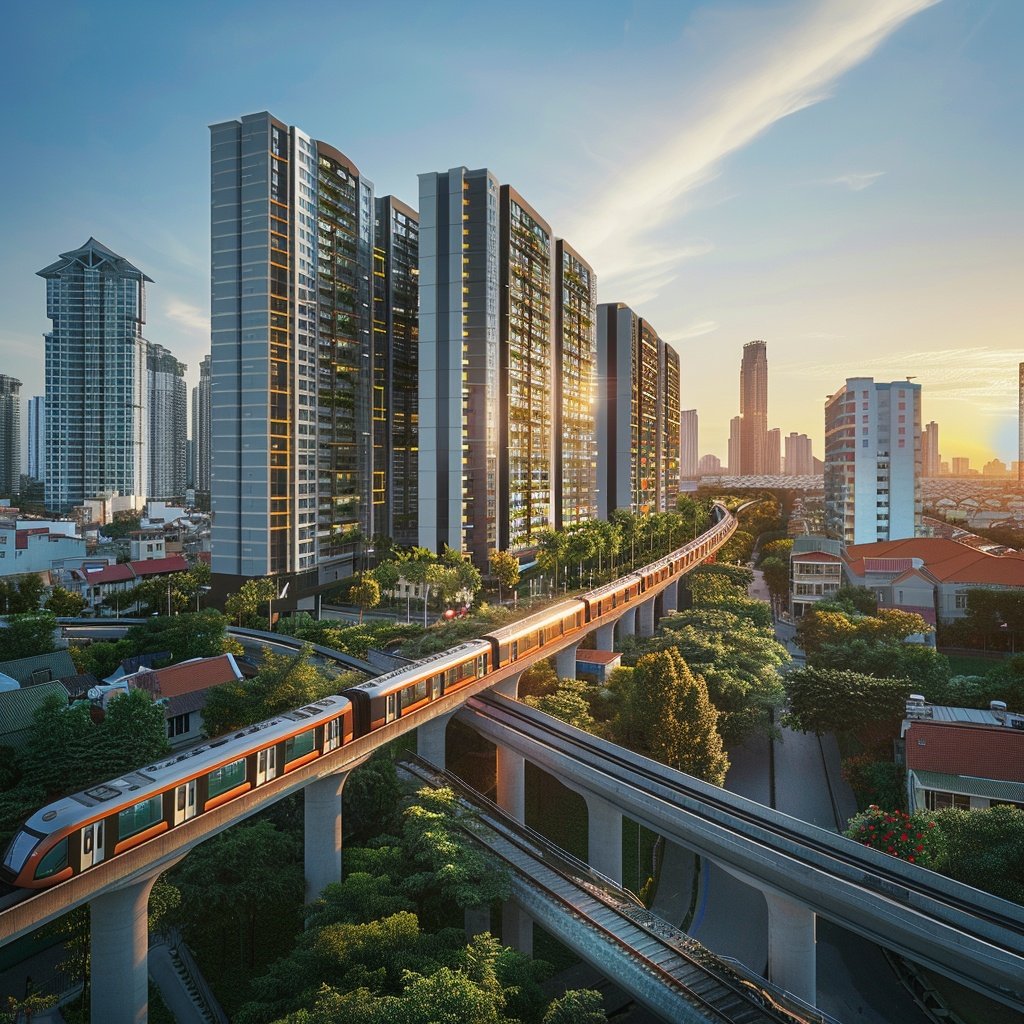
The development target for Bac Ninh up to 2030 is to become a centrally-administered city and a dynamic economic and cultural center in the Northern region.
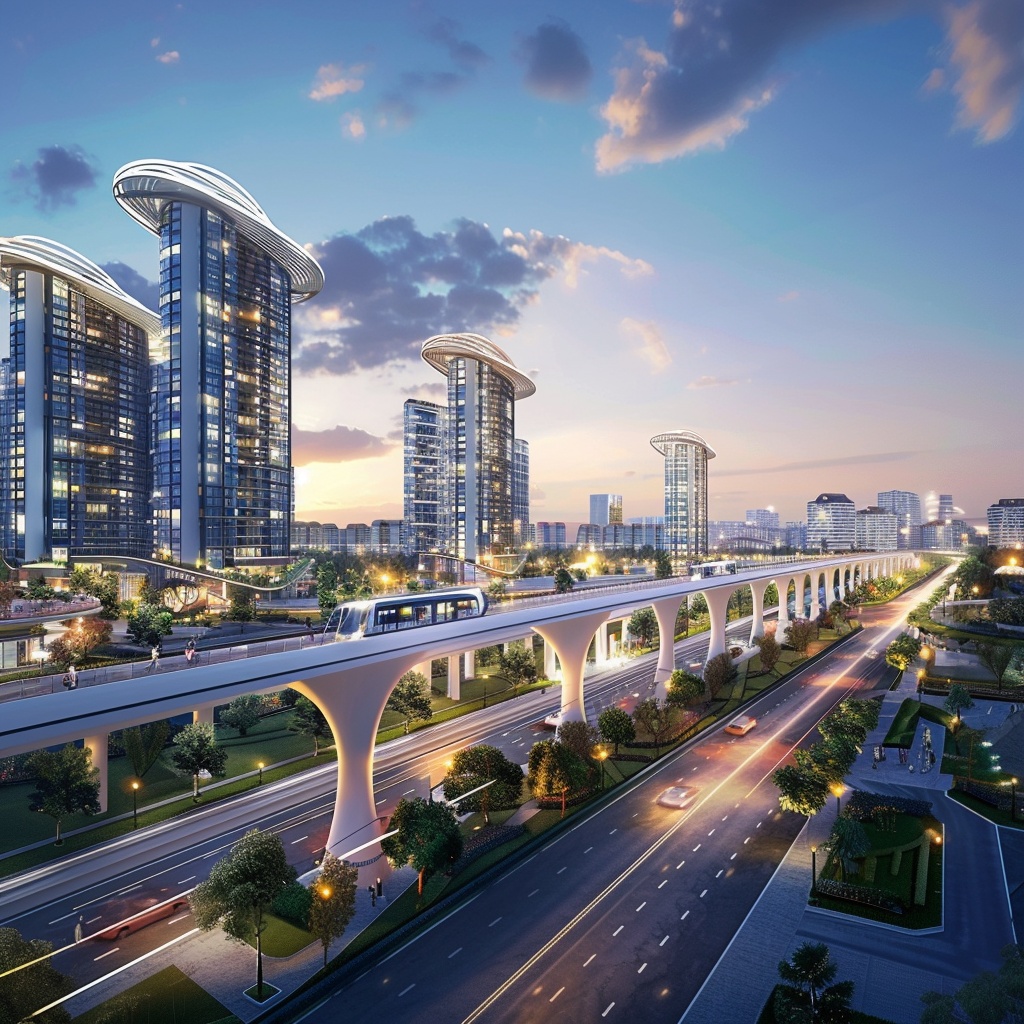
The breakthrough in Bac Ninh’s development highlighted in this plan is focused on upgrading and developing a modern and synchronized transportation network, combined with the development of other technical infrastructure.

Bac Ninh will develop its road infrastructure by prioritizing investment in breakthrough projects, including expressways, key national highways, high-demand transportation routes, and regional connections. Bac Ninh will also study the planning and prepare for the construction of 12 urban railway lines along provincial roads, national highways, and main urban roads.
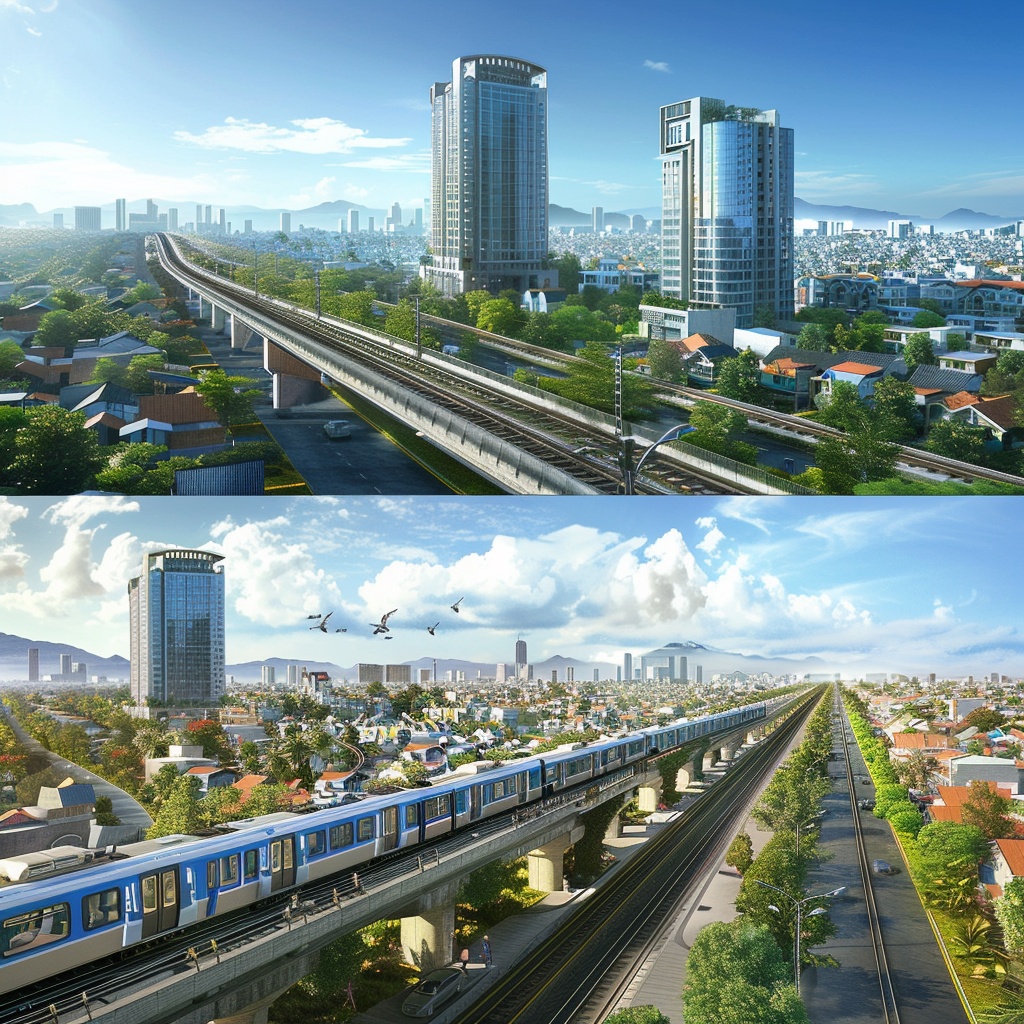
In terms of railway development (2021-2030), there is a plan to upgrade and renovate the Hanoi – Lang Son railway line, construct a new single-track electrified railway line from Hanoi to Dong Dang, with a gauge of 1,000mm and 1,435mm and an expected length of 167km, and build an eastern beltway double-track railway line around Hanoi, including both 1,000mm and 1,435mm gauge tracks, with an approximate length of 59km.

Additional planning for the railway along the Fourth Ring Road in the Hanoi Capital Region.

In terms of aviation, there is a plan to construct a potential airport in Gia Binh district (with an estimated area of about 245ha).

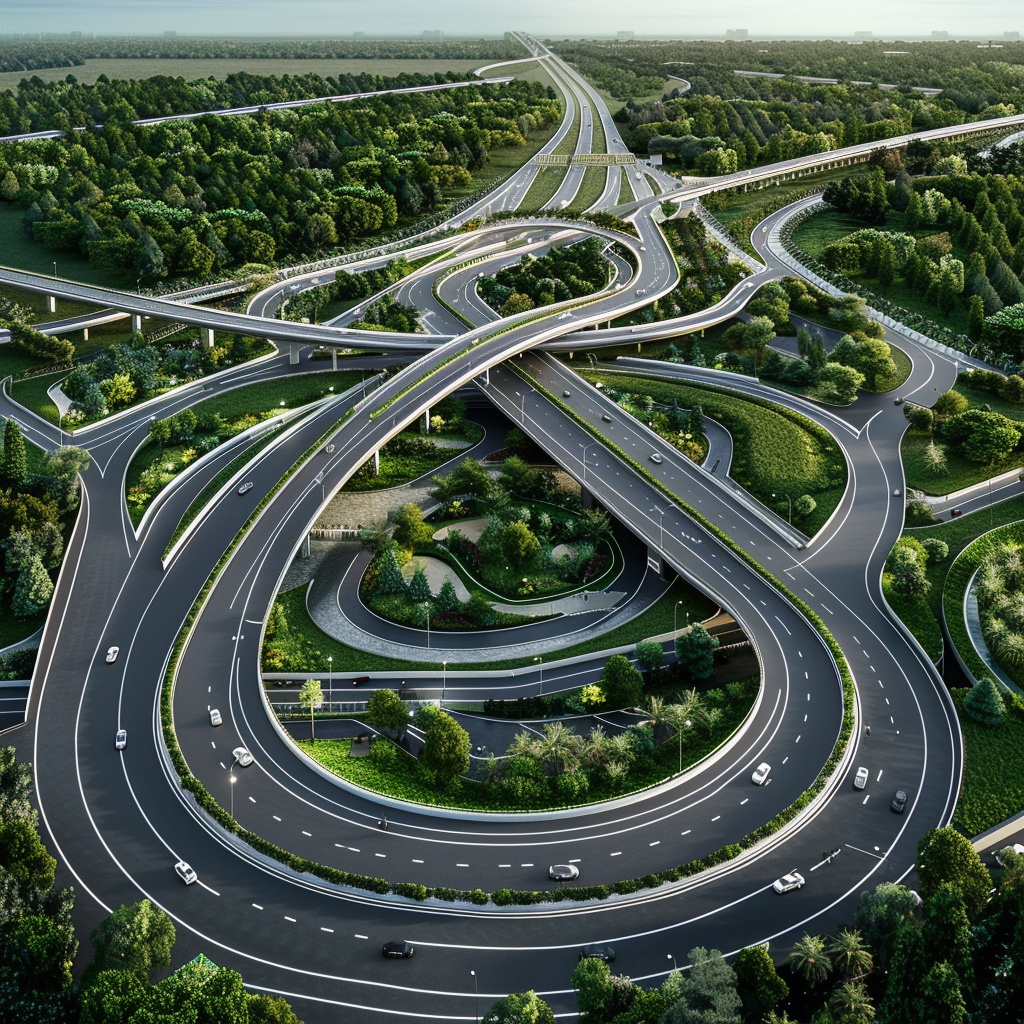
By 2030, Bac Ninh aims to complete the investment and operation of 4 expressways, bringing the total length of expressways, national highways, and ring roads within the province to approximately 190km, as well as the construction of approximately 420km of provincial roads. Currently, there are two expressways passing through the province: the Hanoi – Lang Son expressway and the Hanoi – Thai Nguyen expressway. Therefore, there are plans to add 2 new expressways.

The research will focus on the development of additional dry ports in large-scale industrial zones, with convenient connectivity to roads and inland waterways, which can be integrated with logistics centers.

In terms of logistics centers, there are plans to build 3 new centers in Bac Ninh City, Yen Phong District, and Que Vo Town.
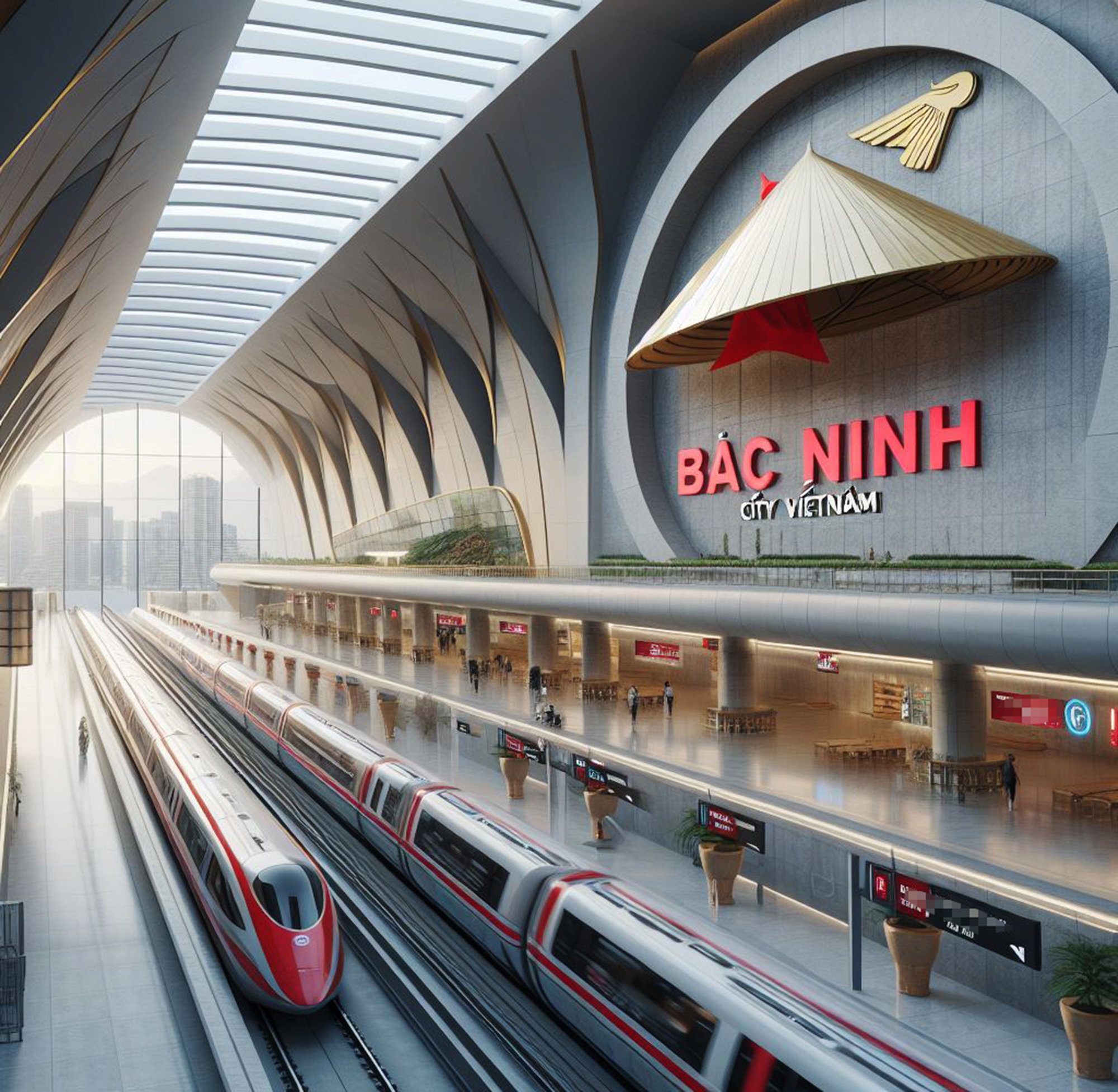
Underground railway stations will be arranged in central areas of Bac Ninh (Bac Ninh City, Lim Town, Tu Son City, Nam Son Ward) and Ho Urban Area. At the same time, there will be studies on combining the development of commercial and service centers, the development of underground road tunnels, and parking lots.




![[Photo Essay]: Experts, Managers, and Businesses Unite to Forge a Path Towards Sustainable Green Industry](https://xe.today/wp-content/uploads/2025/07/z678592918-150x150.jpg)


![[Photo Essay]: Experts, Managers, and Businesses Unite to Forge a Path Towards Sustainable Green Industry](https://xe.today/wp-content/uploads/2025/07/z678592918-100x70.jpg)




